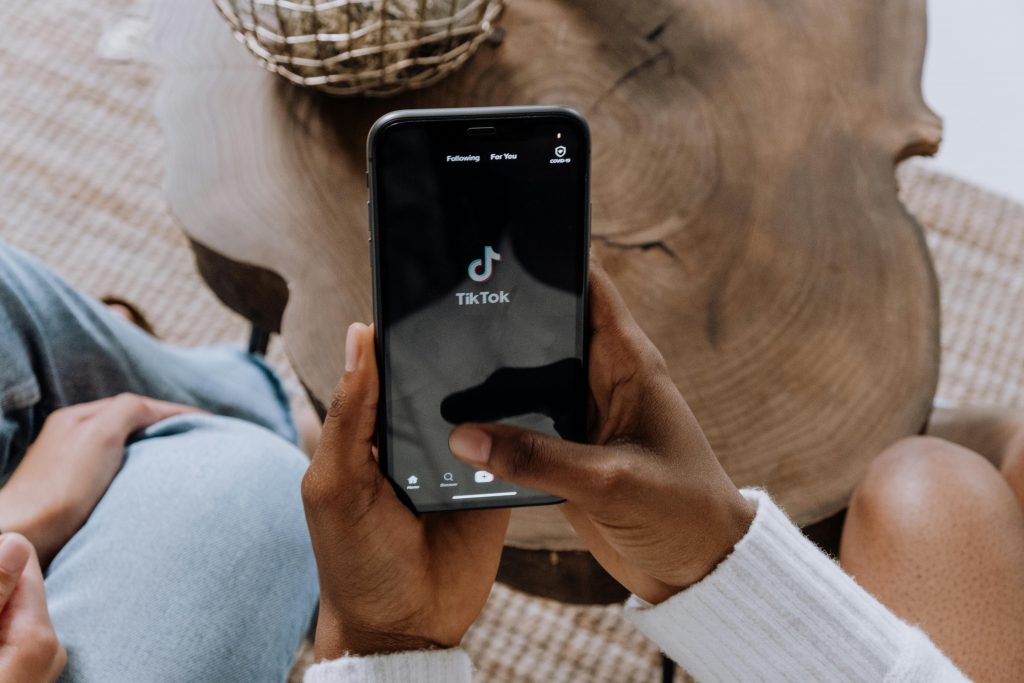Written by: Jared Park
On Wednesday, December 18, 2024, the Supreme Court agreed to hear a high-stakes case challenging the Protecting Americans from Foreign Adversary Controlled Applications Act (PAFACA), a law that mandates TikTok’s parent company, ByteDance, to divest its U.S. operations by January 19, 2025, or face a nationwide ban. This decision places the popular social media platform at the center of a constitutional battle over free speech and national security.
ByteDance has argued that the law violates the First Amendment rights of millions of U.S.-based TikTok users, creators, and businesses, claiming that PAFACA imposes an unconstitutional burden on free speech. The federal government defends the law as a necessary measure to mitigate risks posed by foreign adversaries accessing sensitive U.S. data.
The TikTok Ban: National Security vs. Free Speech
PAFACA, signed into law in April 2024, grants the government broad authority to ban foreign-owned platforms that it deems to be a threat to national security. Lawmakers assert that TikTok presents unique risks due to ByteDance’s alleged data-sharing relationship with the Chinese Communist Party. These concerns echo earlier bipartisan scrutiny of TikTok’s operations, which gained momentum during the Trump administration.
Supporters of the ban, including members of Congress and national security experts, argue that TikTok’s algorithm and data-collection practices could allow the Chinese government to influence public opinion or gather sensitive personal information on millions of Americans. Critics, however, contend that these claims lack concrete evidence and that the law constitutes an overreach of governmental power.
TikTok argues that the app facilitates constitutionally protected expression, making its regulation under PAFACA a direct infringement on the First Amendment’s protection of free speech. Additionally, TikTok argues that the law discriminates against the platform based on its ownership, violating principles of equal protection.
First Amendment Jurisprudence
The case raises critical questions about how courts should balance national security concerns with constitutional protections for free speech. The Supreme Court has previously addressed government actions that implicate speech, particularly when those actions are justified by concerns other than censorship. For instance, in United States v. O’Brien (1968), the Court upheld a law prohibiting the destruction of draft cards, reasoning that the law regulated conduct, not speech, and any incidental burden on expression was justified by the government’s compelling interest in maintaining an efficient draft system.
Here, TikTok argues that banning or forcing the sale of its platform constitutes a direct suppression of speech, not merely an incidental burden. Unlike regulations targeting conduct with incidental speech effects, TikTok claims, PAFACA directly targets the medium of speech itself, silencing millions of users who rely on the platform for expression.
The government, however, frames PAFACA as a regulation of conduct—the foreign ownership of a digital platform tied to potential national security threats. Drawing on cases like O’Brien, the government contends that any burdens on speech are incidental to the law’s primary goal: protecting the United States from foreign surveillance and influence. This argument positions PAFACA as a permissible exercise of Congress’s authority to address national security concerns rather than an unconstitutional restriction on free speech.
The Broader Implications
The stakes of this case extend far beyond TikTok. A ruling in favor of the government could pave the way for broader regulation of foreign-owned technology platforms. It might also strengthen Congress’s ability to legislate in areas where technology intersects with national security.
Conversely, a ruling in TikTok’s favor could limit the government’s power to regulate digital platforms based on ownership, potentially opening the door for foreign-owned companies to operate with fewer restrictions. Such an outcome could also embolden tech companies to challenge future regulations on constitutional grounds.
Additionally, this case highlights the growing tension between privacy, free expression, and national security in the digital age. As platforms like TikTok become central to political discourse, cultural expression, and economic activity, the courts will increasingly be called upon to define the boundaries of governmental authority in regulating digital spaces.
Public and Political Reactions
The case has sparked widespread debate among lawmakers, civil liberties organizations, and tech industry leaders. Advocacy groups such as the Electronic Frontier Foundation (EFF) have criticized PAFACA as overly broad and vague, arguing that it grants the government unchecked power to target platforms under the guise of national security. On the other side, lawmakers supporting the law argue that the risks posed by TikTok justify such measures.
The case has also captured the public’s attention, with millions of TikTok users expressing concern over the potential loss of the platform. For many, TikTok is more than a social media app; it is a source of livelihood, community, and creative expression. A ban would have far-reaching implications, particularly for small businesses and content creators who rely on the platform for income and engagement.
Trump’s Supreme Court Involvement
In a new development, President-elect Donald Trump has requested that the U.S. Supreme Court halt the implementation of the TikTok ban. On December 29, 2024, Trump’s legal team filed an emergency request urging the Court to intervene before the January 19 deadline. Trump’s involvement in the case highlights the ongoing political and legal controversy surrounding the TikTok ban, as his administration had previously initiated the effort to force ByteDance to sell its U.S. operations due to national security concerns.
What’s Next?
The Supreme Court is set to hear oral arguments on January 10, 2025, just nine days before the divestment deadline. The Court’s decision will not only determine the future of TikTok in the U.S. but also establish a precedent for balancing constitutional freedoms with national security concerns in the digital era.
Sources:
Andrew Chung & David Shepardson, TikTok Turns to U.S. Supreme Court in Last-Ditch Bid to Avert Ban, Reuters (Dec. 16, 2024).
Electronic Frontier Foundation, Government Has Extremely Heavy Burden to Justify TikTok Ban, EFF Tells Appeals Court (June 27, 2024).
H.R. 7521, Protecting Americans from Foreign Adversary Controlled Applications Act, 117th Cong. (2022).
John Fritze & Devan Cole, Supreme Court Agrees to Hear Case over TikTok Ban, CNN (Dec. 18, 2024).
Josh Christenson, Trump Asks Supreme Court to Halt TikTok Ban from Taking Effect, New York Post (Dec. 27, 2024).
Scott Bomboy, Supreme Court to Decide TikTok’s Fate, National Constitution Center (Dec. 18, 2024).
Tonya Mosley, With a January Ban Looming, TikTok’s Future in the U.S. is More Uncertain Than Ever, NPR (Dec. 18, 2024).
United States v. O’Brien, 391 U.S. 367 (1968).

